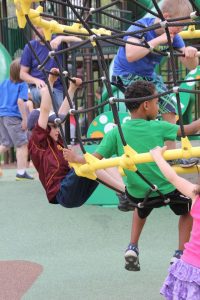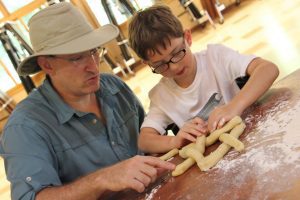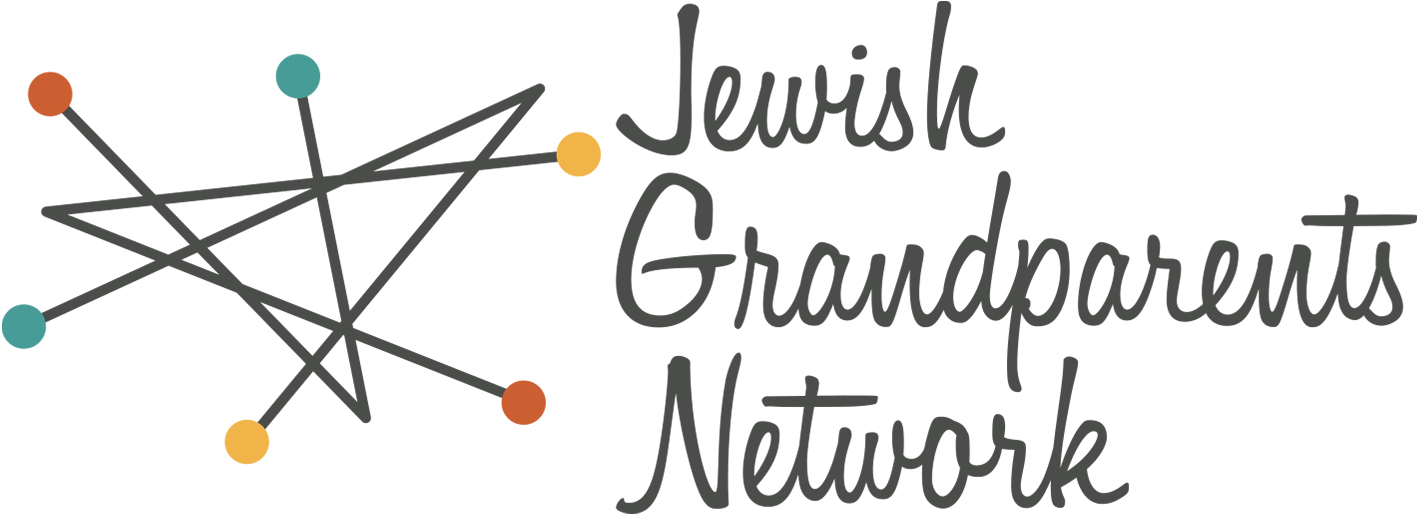
Oct 10 2021 The Benefits of Playful Learning
 Imagine a child and caregiver playing together with blocks on the floor. The child places a block, and the caregiver neatly stacks another block on top. Then it’s the child’s turn to add a third block. As the tower gets higher and higher, the child and caregiver talk about how to position new blocks, so the tower does not topple over. Finally, when it seems impossible to add another block, the adult invites the child to stand up next to the tower. Which is taller: the tower or the child?
Imagine a child and caregiver playing together with blocks on the floor. The child places a block, and the caregiver neatly stacks another block on top. Then it’s the child’s turn to add a third block. As the tower gets higher and higher, the child and caregiver talk about how to position new blocks, so the tower does not topple over. Finally, when it seems impossible to add another block, the adult invites the child to stand up next to the tower. Which is taller: the tower or the child?
This is playful learning or play that is guided by an adult with a specific learning goal in mind. In this case, blocks naturally invite spatial and math language, like “on top” or “taller.”
Psychologists Kathy Hirsh-Pasek and Roberta Golinkoff say that playful learning is a powerful way for children to learn because, during playful learning, children are in charge of the activity. They explore the world according to their own interests. Adults might ask open-ended questions and be curious alongside the child, but they are not the leader or teacher.
These interactions help children learn the skills they will need to be successful in the 21st century. Hirsh-Pasek and Golinkoff call these skills the 6Cs. They are:
- Collaboration: How do you interact with other people in the world?
- Communication: How do you describe your thoughts, feelings, and ideas?
- Content: What do you know about the world?
- Critical Thinking: How do you gather information from a variety of sources to draw a conclusion?
- Creative Innovation: How do you come up with ideas and find new solutions to problems?
- Confidence: How do you share your ideas and opinions?
Let’s revisit the block play interaction. What happened in this scene that made it so good for the child’s development? Which of the 6Cs were present?
As the caregiver and child worked together to build the tower, they were practicing collaboration. When they talked about strategies to keep the tower from falling over, they were working on communication, critical thinking, and creative innovation. And comparing the height of the tower and the child is both content knowledge and critical thinking. There’s so much learning packed into this interaction!

How can you have playful learning interactions with your grandchild?
- Involve your grandchild in the decision about what to do together. Children learn best when we follow their lead and do something they are interested in. Do they love things that are pink? Look for pink flowers in the garden. Taste some pink foods together. Use paint to see how many shades of pink you can mix before you paint a picture together.
- Ask open-ended questions and don’t have an answer ready! Start questions with “I wonder…” or “What do you think would happen if…?” or “What do you think about…?” Keep the conversation going after your grandchild answers. This shows you are interested in their ideas, encourages their critical thinking skills, and helps broaden their imagination.
- Play alongside your grandchild. Playful learning means being an explorer with your grandchild. Discover the wonders of the world with them. Plan an activity that neither of you have tried before. You don’t have to be the teacher. When you don’t know the answer, say so! Try to figure out the answer together.
- Draw upon bible, folktales, and other stories from the tradition. Read or tell short stories (the Passover or Hanukkah story, Joseph’s coat of many colors, Chelm stories). Provide simple props for your grandchild to reenact the story. Or act it out together. Perhaps express it in art. Invite your grandchild to ask “I wonder” questions. This helps them relate to the story and make it their own.
Above all, enjoy your time together!
Sarah Lytle is the Executive Director of Playful Learning Landscapes Action Network (PLLAN). She has a Ph.D. in Developmental Psychology and more than a decade of experience connecting research to practice. The best compliment Sarah ever received was “you must have played well as a child.”
Photographic Credits
Photographs by Stephanie Fink




 We use technologies like cookies to remember your preferences. Consenting to these technologies will provide you with a better browsing experience. JGN never shares information about your use of our website.
We use technologies like cookies to remember your preferences. Consenting to these technologies will provide you with a better browsing experience. JGN never shares information about your use of our website.